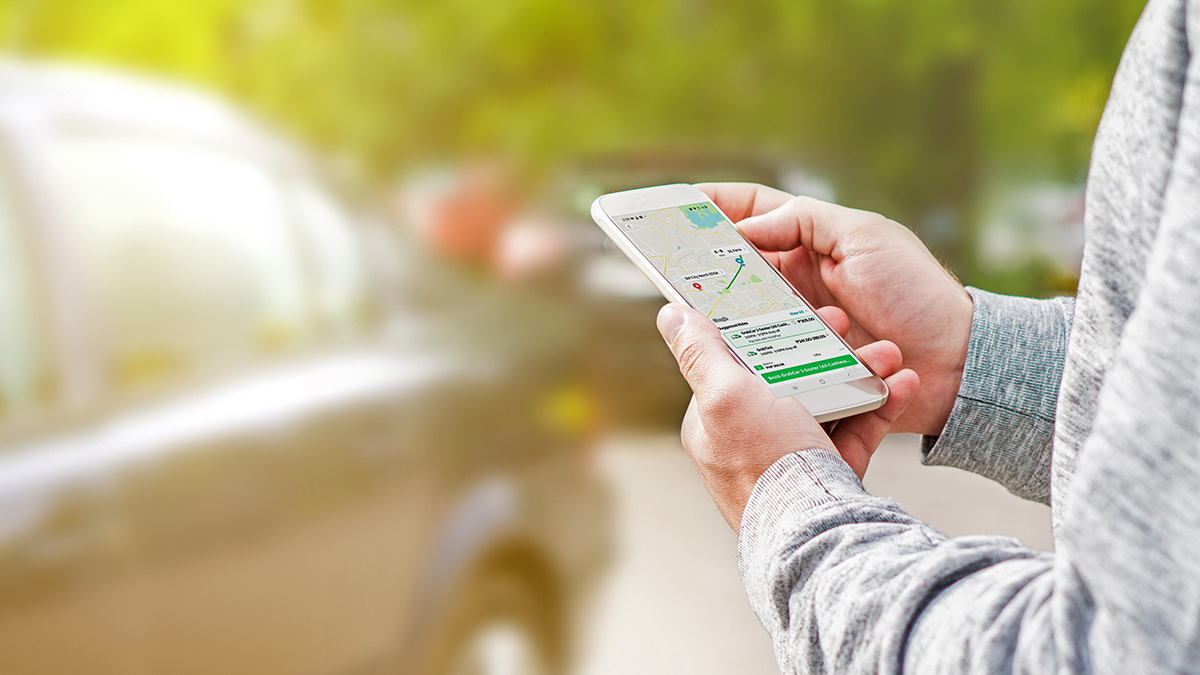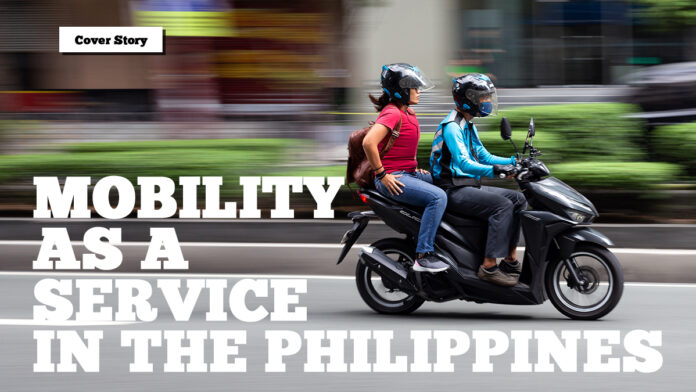Transportation is a vital aspect of many people’s daily lives, and the recent pandemic created new opportunities for “mobility as a service.” These include ride-hailing apps, traffic maps and navigation apps, and other mobility-sharing services. Paired with digital payment functionality, commuters are finding these more convenient and cost-efficient, while allowing them to reach their destinations faster.
MaaS or Mobility as a Service is a concept that integrates various means of transportation into a single, seamless service. It is still a developing concept, but it has the potential to make a significant impact on the way we travel. This is especially true in countries with rising urbanization rates, which can make public transportation less accessible.

In the Philippines, we are used to waking up early to avoid traffic and standing in long lines for public transportation to reach our destination early. We even calculate the possible number of hours and other routes to find a way to avoid traffic. But as the country leans toward a more sustainable future, MaaS can help reduce the number of single-occupancy vehicles on the road, help users choose from different modes of transportation, offer discounts for multiple rides or subscriptions, all while being able to easily adjust to any itinerary.
With this, traffic on the road can be reduced, thus increasing the possibility of improving the air quality in cities. MaaS also improves the transportation system by collecting data on how people are using different transportation options. This data can be used to improve the planning and operation of the system by adding new routes or improving service frequencies. It can also help users avoid congested areas by providing real-time information. This is reflected through mobile applications and websites such as Sakay.ph, Waze, ikotMNL, moovit, Google Maps, and r/HowToGetTherePH, a subreddit in the Reddit app and website.
As people look for more sustainable and affordable ways to commute or travel, MaaS allows users to plan and book trips across multiple modes of transportation, such as public transportation, ride-hailing, and car sharing. Sharing services are increasingly popular nowadays, as they allow people to share vehicles that are only needed for a short time.

These services can be used through mobile applications and websites such as Grab, Joyride, Angkas, Move It, Moovr, AVIS Philippines, Hirna, MiCab, and OWTO. These platforms make it easy for people to book or rent vehicles without having to spend so much on gas and parking. They can even pay the fixed price that is generated through apps such as EasyTrip, beep, and other e-wallet platforms that are linked to the service app.
In creating a balanced response to the COVID pandemic, the use of MaaS in the Philippines is growing as more and more people are looking for ways to avoid traffic, have accessible transportation, and pay for their commutes in a cost-effective way. However, there are still some major challenges that need to be addressed before MaaS can be widely adopted in the Philippines. One of them is the lack of intermodal integration — the transport system is not well-integrated, making it difficult for people to use different modes of transportation.
Another challenge is the poor quality of public transportation. According to the 2022 Urban Mobility Readiness Index, Manila ranked 58th in the Urban Mobility Index with the worst public transit system. Many public transportation vehicles are old and unstable, and the service is often overcrowded and uncomfortable, especially during rush hours.
The high cost of transportation is another challenge in the more widespread adoption of MaaS MaaS, especially amont the lower-income groups. There are also some concerns about data privacy since most of the MaaS apps collect a lot of data about people’s travel patterns.
Despite these challenges, Mobility as a Service (MaaS) has the potential to be a major player in the future of transportation in the Philippines. By making it easier, more convenient, and more affordable to get around without a car, MaaS can help reduce traffic congestion, improve air quality, and make urban areas more liveable and sustainable.
Words by Alyssa Silva
Also published in Gadgets Magazine September 2023.
